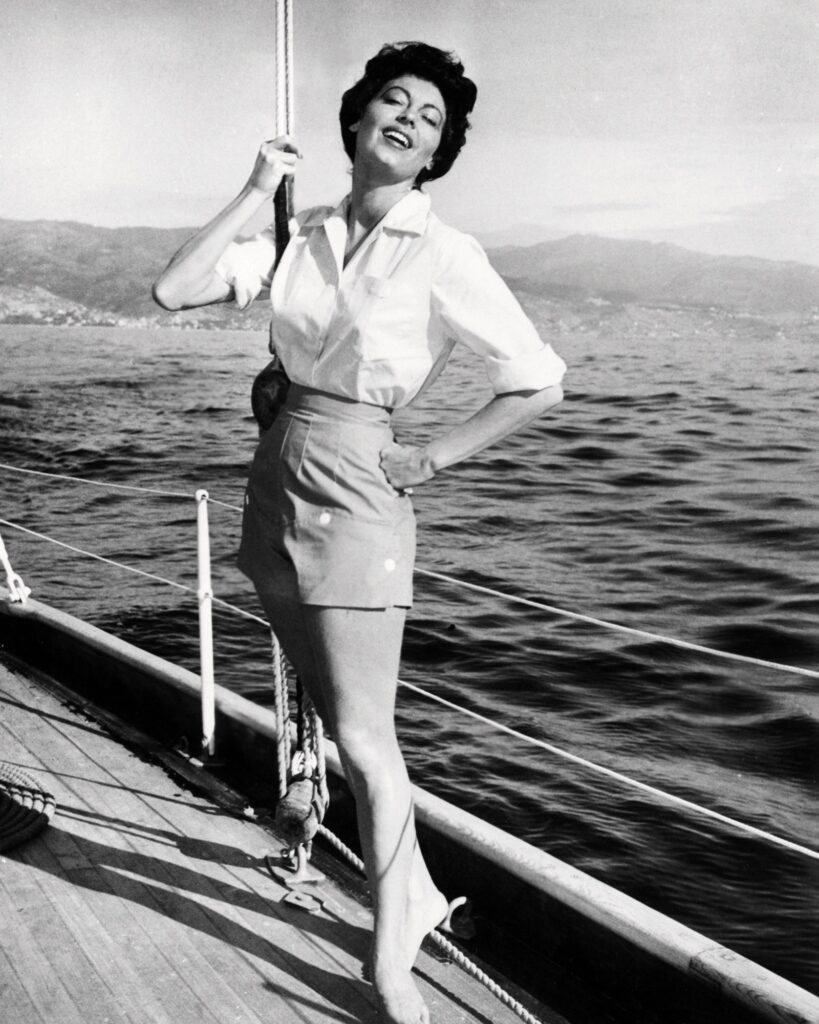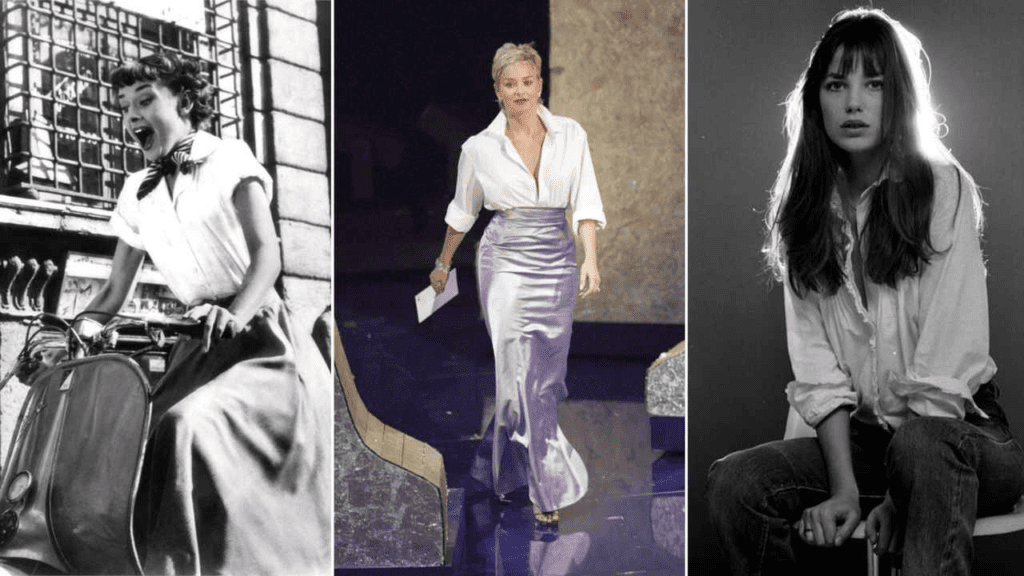Vintage fashion is an irresistible appeal that is enriched and evolves at each edition following the moods, colors and trends of the past, which today become current and increasingly pursue a personalized style.
From 12 to 15 April 2024 Next Vintage took place at Castello di Belgioioso, the market exhibition par excellence dedicated to fashion and vintage accessories.
In the beautiful frescoed rooms of the Castle over 50 exhibitors have proposed a selection of the best garments that have made the history of fashion from the 50s to the 90s.
The white shirt: multiform myth.
From cinema to catwalks, the shirt translates into an infinity of feminine archetypes. Sensual, complex, unforgettable. Now androgynous now sophisticated, at the same time synonymous with independence and boldness, code language of a genuine sensuality and must-have of a classic and timeless wardrobe: historically the prerogative of men of high society, today worn by women the shirt reveals a particular charm, which in a game of contradictions enhances the multiform character, versatile and eternal.
A multiform myth, the white shirt is one of the icons most interpreted by costume and fashion.
Around the Forties and Fifties even Hollywood suffers the charm, Lauren Bacall wears a white shirt shot inside the wide skirt with a high waist, Ava Gardner combines it with Bermuda shorts for an androgynous and refined maritime style, Marlene Dietrich gives her a severe charm, Katharine Hepburn that with its chic simplicity lays the foundations for that mixture of elegance and nonchalance that always pursues in fashion.
We see her protagonist both at the cinema and on the small screen, worn by Monica Vitti, Lucia Bosè and Claudia Cardinale, elegant and unattainable.
In the most light-hearted and romantic and dense series of emancipated heroines such as Pretty Woman or Sex and the City: come out of bed boyfriend or lover on duty, the protagonists are covered with their shirt.
It was Coco Chanel who cleared the myth of the button-down shirt for women during the First World War, when her priority was to create a more functional and practical fashion, looking at casual silhouettes and comfortable fabrics such as cotton and jersey.
The same designer will then be portrayed in a white shirt with a masculine cut, combined with a cascade of necklaces for an eclectic touch.
Garment reinterpreted by the big names of fashion such as John Galliano and Vivienne Westwood that proposes them in Victorian style, Krizia sculpts them in Japanese style; Issey Miyake conceptualizes them in a theory of pleats; Armani puts it to his yuppies and Elio Fiorucci to the young Lolita.
Gianfranco Ferré, the Italian master, gives her a real X-ray: passing her under the lens of a designer, she thinks and breaks the collection into a collection, for her brand and as creative director of Dior. Rivers of cotton in different weights, silk, embroidery, lace, collars and cuffs at the edge of the perspective; the more he tried to dry it and the more he enriched it in a Baroque drift that, on the other hand, is rebalanced by the minimalists of northern Europe.
Martin Margiela and Ann Demeulemeester strip her of every aesthetic ideal.
On display are the works of Maria Grazia Preda, an artist who, through her analog collages, creates, starting from vintage magazines, contemporary posters dedicated to women, the elegance of fashion of the time and iconic products of the time.
A roundup of the best brands of the time such as Lambretta, Vespa, Martini, Campari, skilfully designed by masters of illustration find new life and a modern interpretation.
A real foray into the history of costume, fashion and advertising, from which Maria Grazia deepens and scans the female image, making the viewer a universal idea of femininity: not frivolous but rather animated by qualities and desires for feminist progress. A feminism, however, entirely feminine, which attributes great value to the qualities of women in the 50s to bring into the future.

